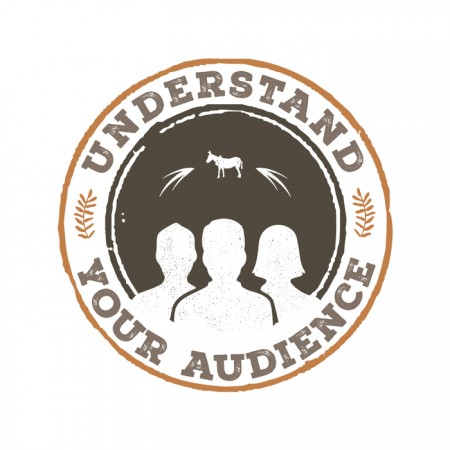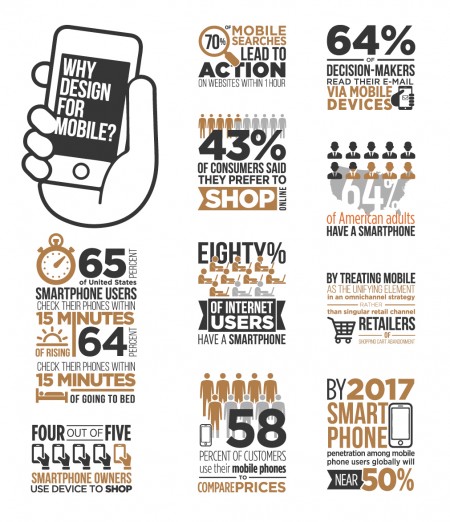Why Brand Guidelines Are Important

Brand guidelines, like every other part of your company’s public appearance (logos, websites, etc.) will prove to your customers that you pay attention to details, you believe your company has a unifying aesthetic, and your company understands the importance of branding.
You know what it’s like when you see a brand’s content (a logo, a tote bag, a pencil), and it fits right in with the rest of their brand’s persona. It might be hard to explain exactly why or how they got that way, but we know good brands when we see them. Likewise, if your brand guidelines are off, your customers will take note.
For example, we’re always confused when we get a quirky email from a professional law firm, or when we get a serious and stiff email from a startup tech company. We want to know that the company has put time and energy into crafting a cohesive brand that will present their vision in all aspects of communication. So it’s important to take note of the type of tone or style that you want to present to your customers and, unless you’re rebranding, you’ll want to stick with that tone and style throughout the lifetime of your brand.
Brand guidelines will help you get recognized. When you have a consistent tone, style, and aesthetic, you’ll begin to present your brand’s identity and your customers will begin to expect that style and tone whenever they see one of your products, emails, blogs, or notices.
When your style is consistent, your audience will be more likely to trust you and, therefore, will be more likely to purchase your products, recommend you to friends, and remain loyal to your brand.
What to Put on your About Page

Your “about” page is going to be popular. It’s going to be the page that most of your customers gravitate toward. Why? Because they want to know who is running the show and how they can fit into the whole picture.
Of course, you’ll want to give the customer some information about you and your story. Why the company was started, why you care, why it’s important. But you should also include information about why your customers should trust you. Have you won awards? Been in business for 10 years? Served a number of local companies? Talk a bit about why your customers should believe in you.
On your about page, and on all the pages of your site, it’s important to sound like you. That means that you’ll want to use actual language that your customers will understand. To do this, think about how you would explain your company to a friend. Then, go with that. Customers don’t want to plow through tons of jargon or strange words. They want to see who you are and they want to know that you’re a real person and a real company.
Finally, you want to make sure you have the right amount of information. You don’t want too much information on your about page because your customers will become overwhelmed. If you have a lot of technical information that you want your customers to know, you might want to consider creating subpages. Subpages will allow your customers to quickly click through and find the information they need without stressing.
Your about page should reflect your brand, be concise, and tell your story.
5 Programs To Support

We love to support new programs or projects that are making a difference. Recently, we talked about our support of the Dollar a Day program.
If you’re looking for some new programs to support, here are some more of our favorites.
- One Laptop Per Child – One Laptop Per Child wants to empower children through technology. If you donate to this program, your money will go towards providing children in developing countries rugged, long lasting computers that will help expand their education.
- Girls Who Code – Girls Who Code is a company that provides computer science education to girls. Girls learn how to code, they meet with entrepreneurs and IT professionals, and they get jobs in the IT business.
- Girls in Tech – Girls in Tech has created a variety of programs to help girls interested in technology. Girls are paired with mentors and they get to attend conferences, educational boot camps, and cultural exchange programs.
- Bitsbox – Bitsbox provides monthly coding projects so that kids can learn to code real apps.
- Erasable Circuit Marker – With the Erasable Circuit Marker, you can make circuit cards, you can fix and erase circuits, and you can create sensor interfaces.
Understand Your Audience for Successful Content Marketing

The Content Marketing Institute came out with a study that explores how to be successful at content marketing.
According to CMI’s study, “the 39% of B2B small business marketers who have a documented content strategy are more effective in nearly all aspects of content marketing than their peers who either have a verbal-only strategy or no strategy at all.”
You need a plan. But before you create a content management plan, you should figure out how you’re going to analyze your success. Are you going to analyze success by how many clicks you get? By how many new readers? How are you going to gather this data?
Then you should consider your audience. Do you want to segment your audience and market towards a specific subset? Do you want to try to target your audience as a whole? You should create a general profile of your audience. Include their age, sex, level of education, marital status and job status.
Once you do that, you can start thinking about what your audience needs. Do they all share the same needs? Does every person want a solution to a particular problem? Can you offer that solution? Dig a bit deeper and think critically about your audience. What do they believe in? What do they do when they first wake up?
Obviously, not all of these questions will be important, but they can help you create an idea in your mind of what your audience needs. Naturally, once you figure out the profile of your audience, how you’re planning on analyzing data, and what your audience needs, you can begin to plan your content marketing strategy. Your strategy will help you figure out the best time to release a new product, talk about a benefit of your service, or unleash a new business plan.
